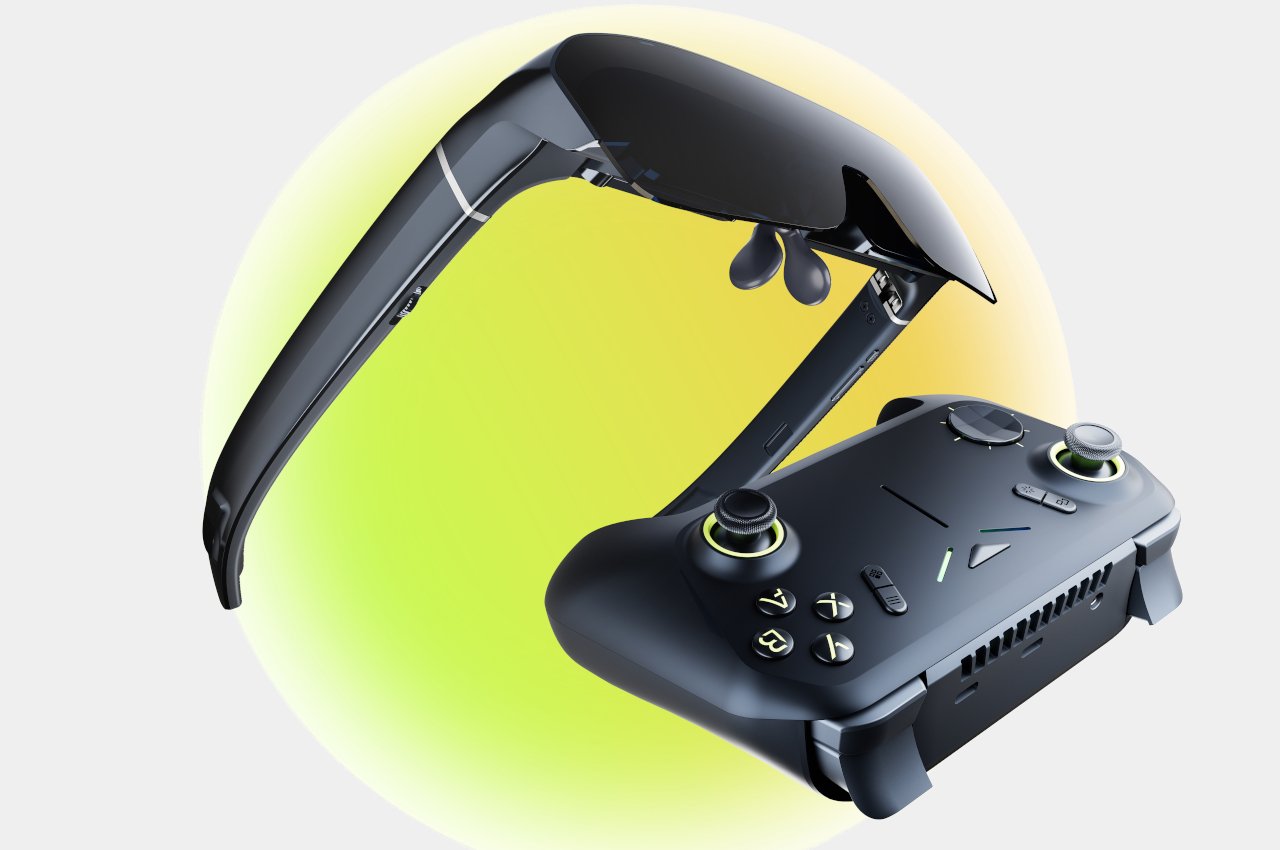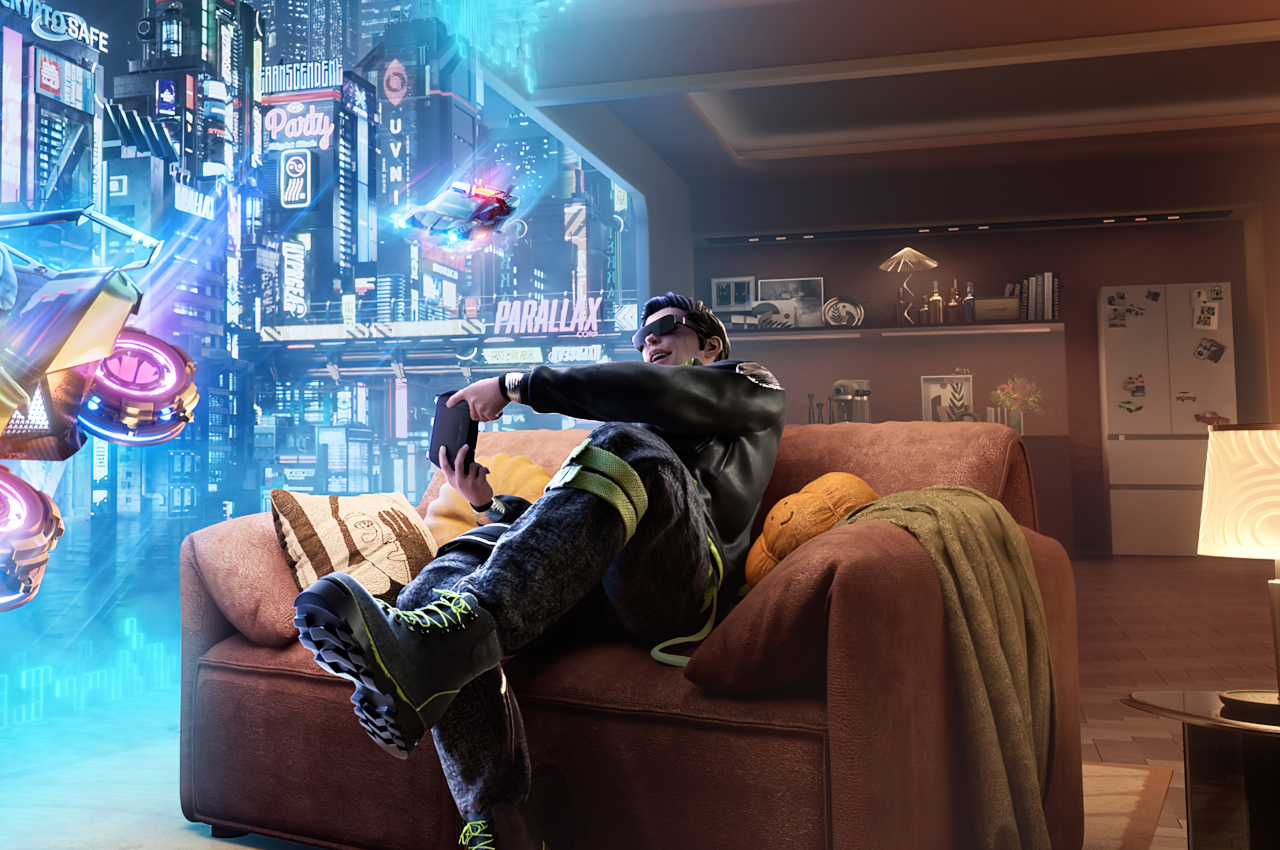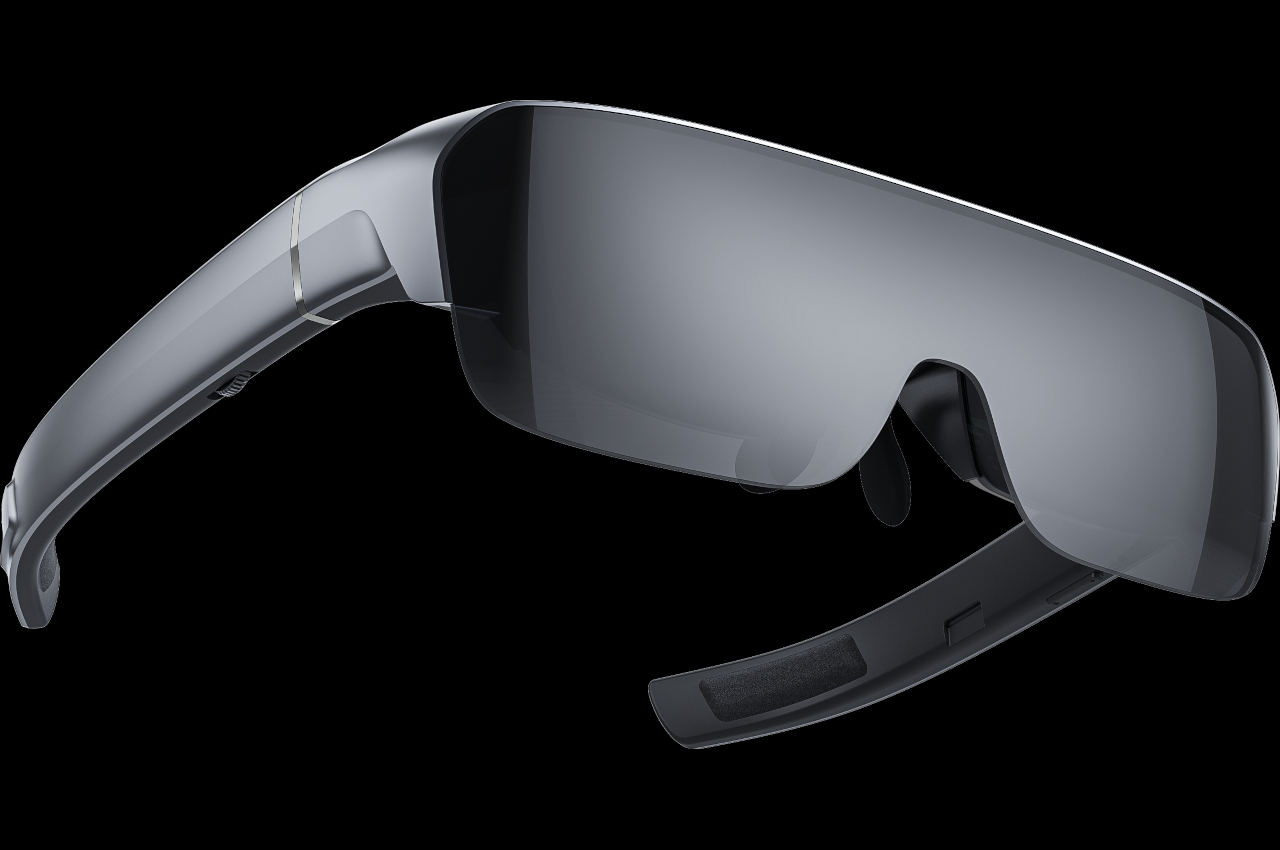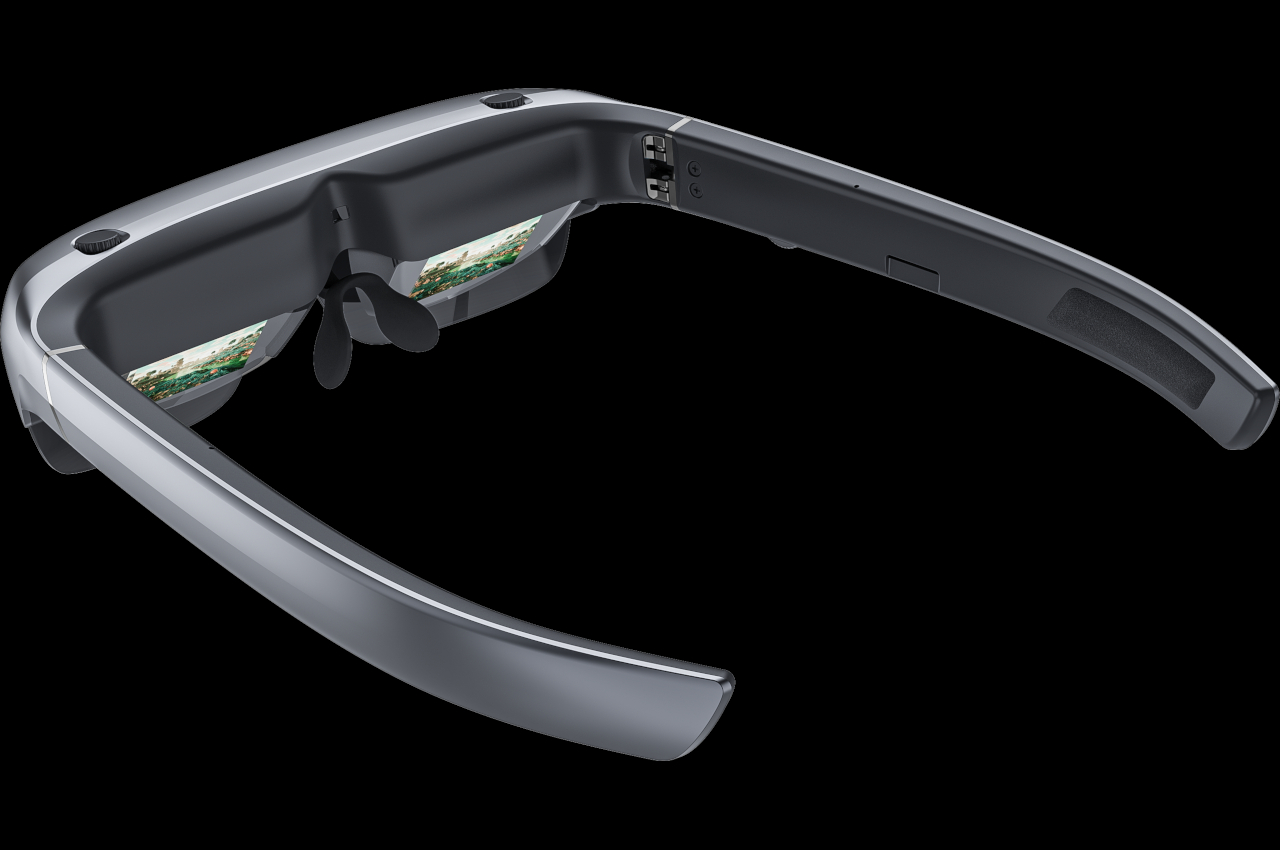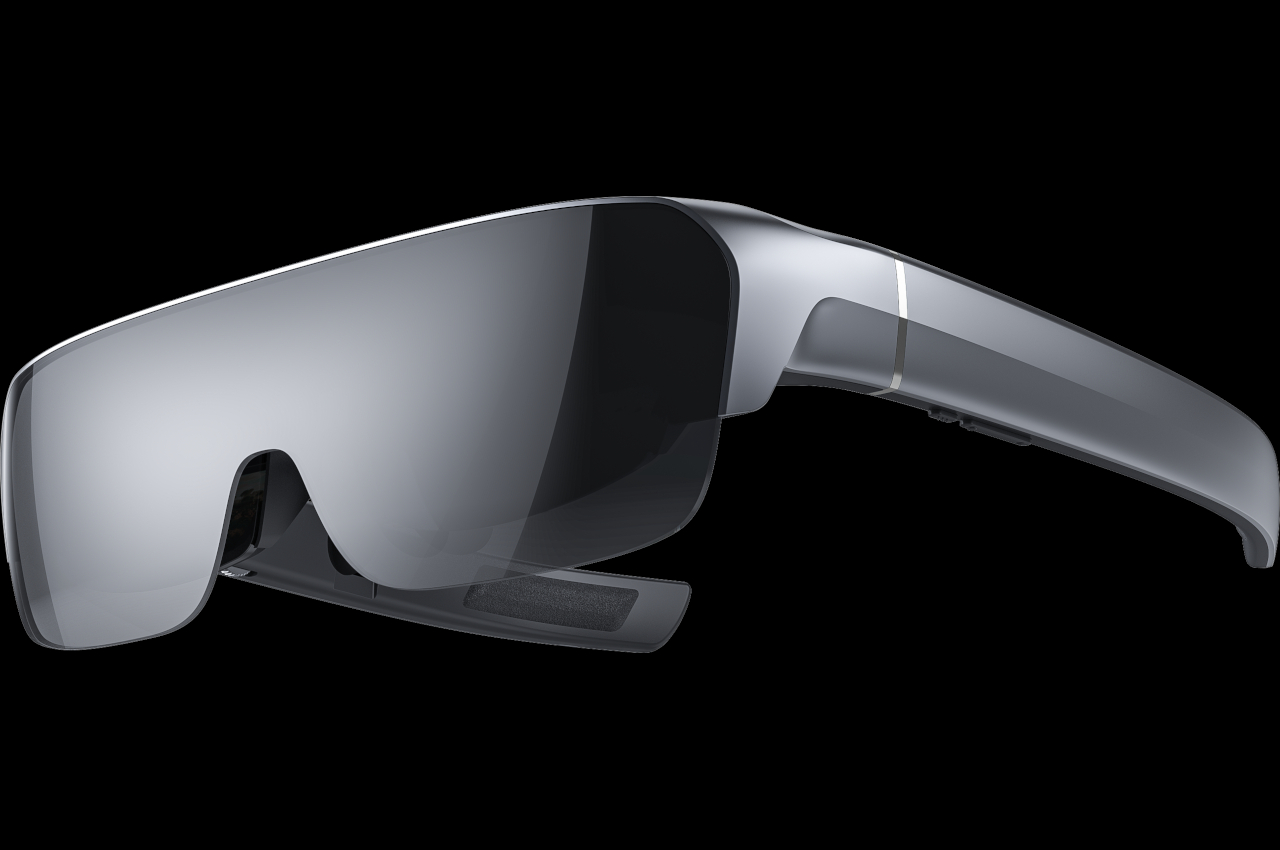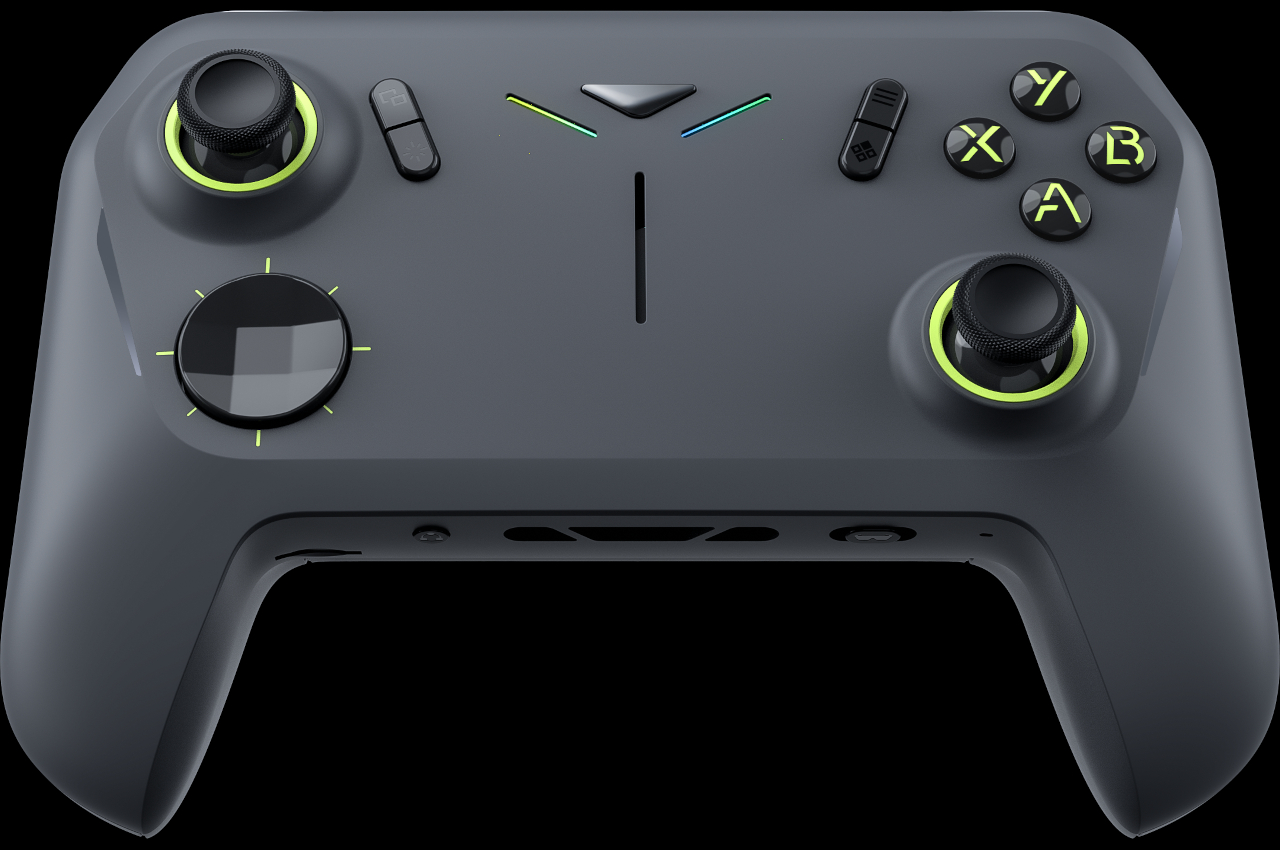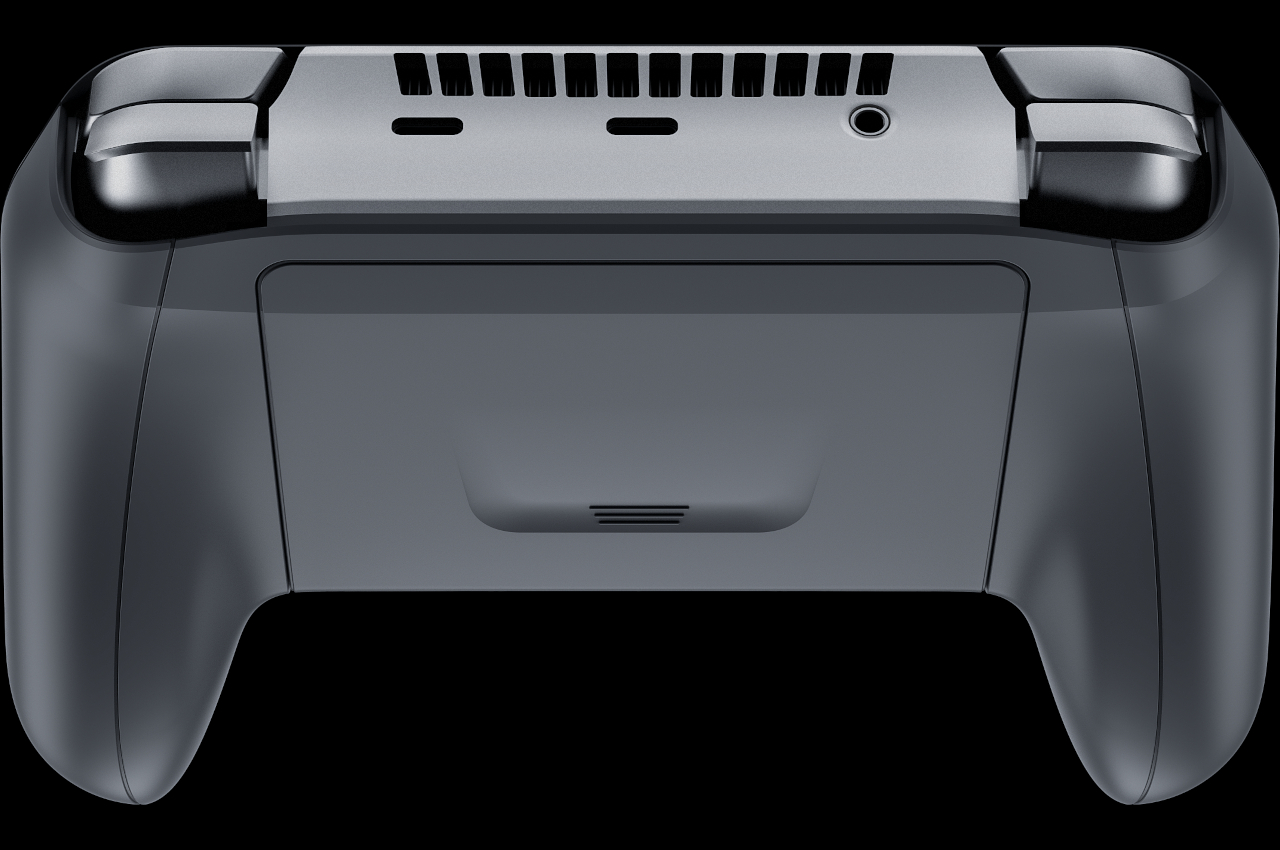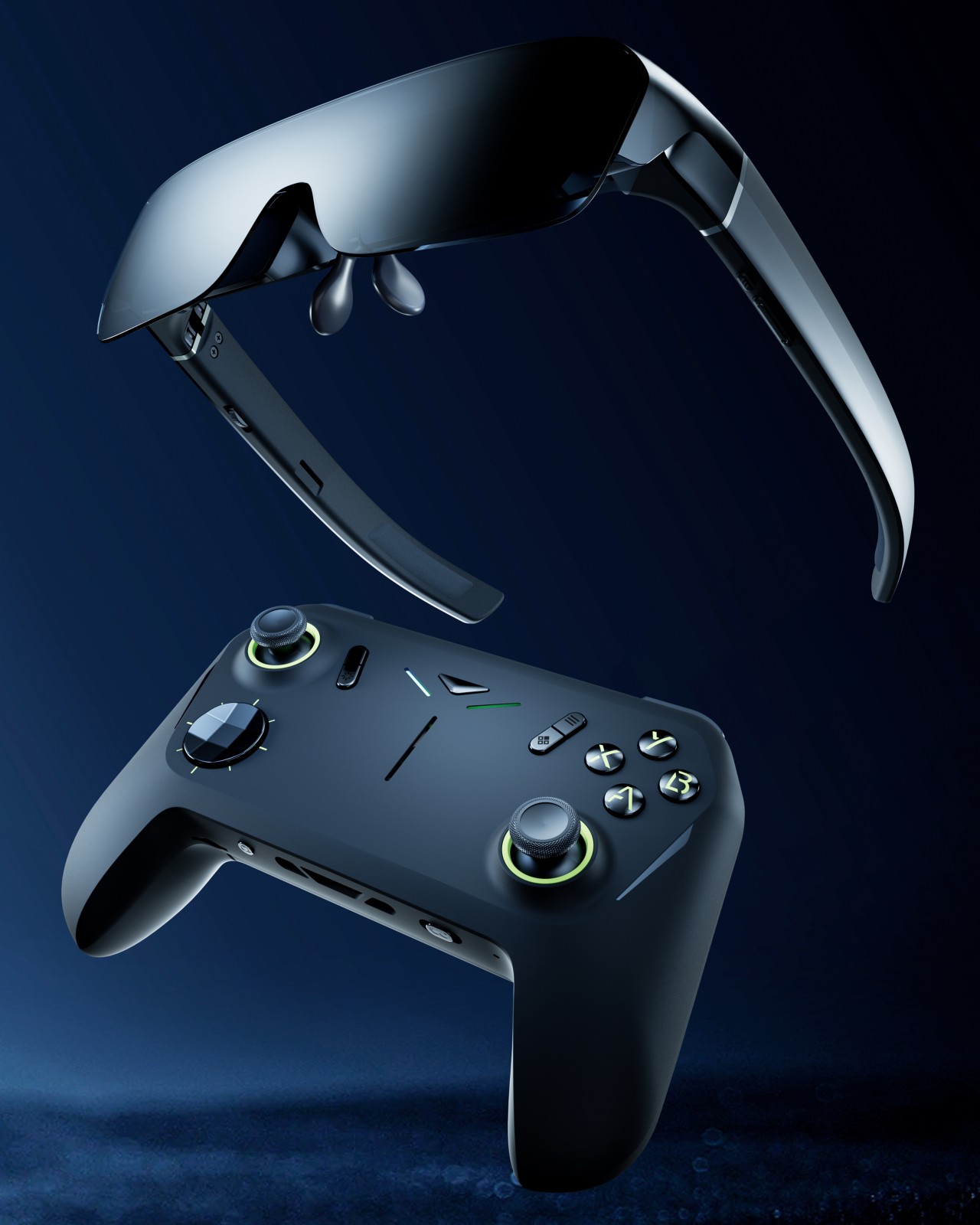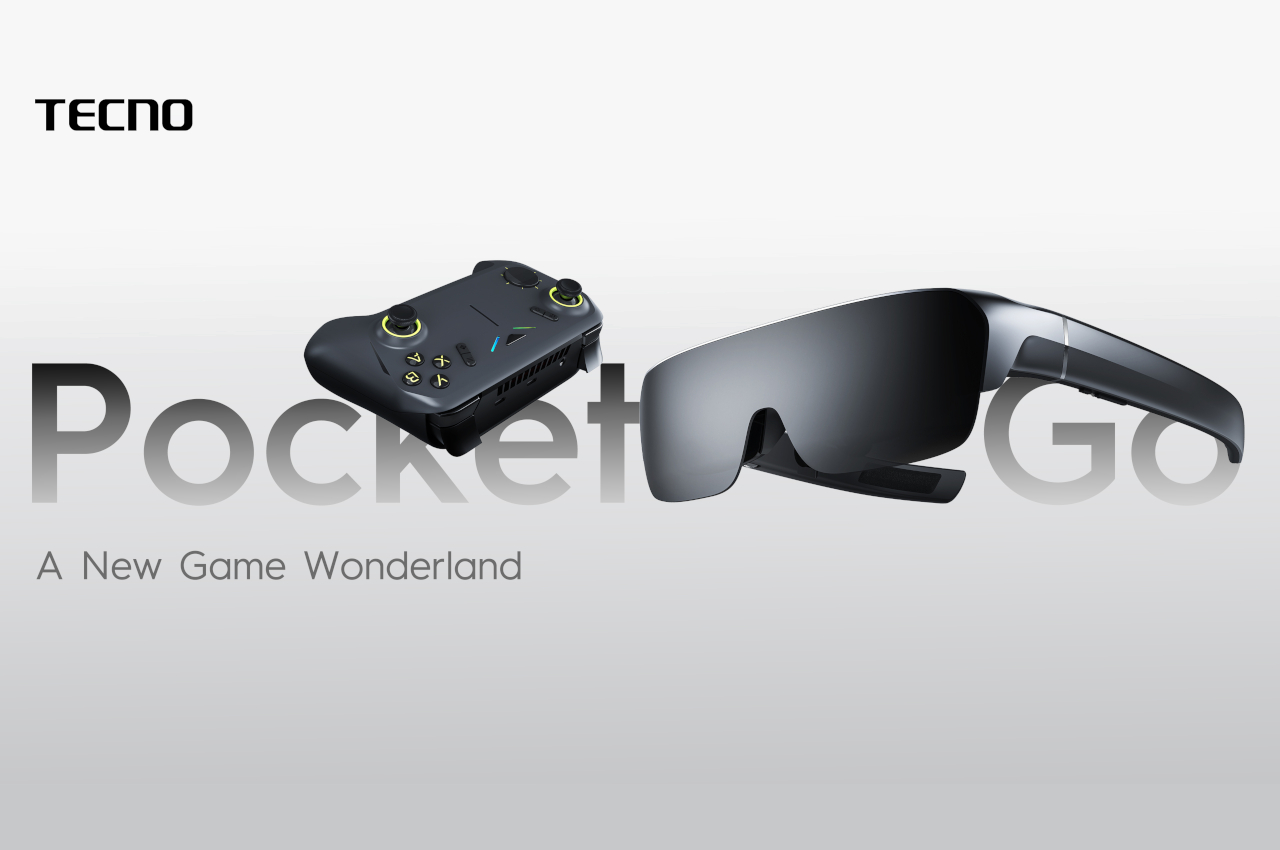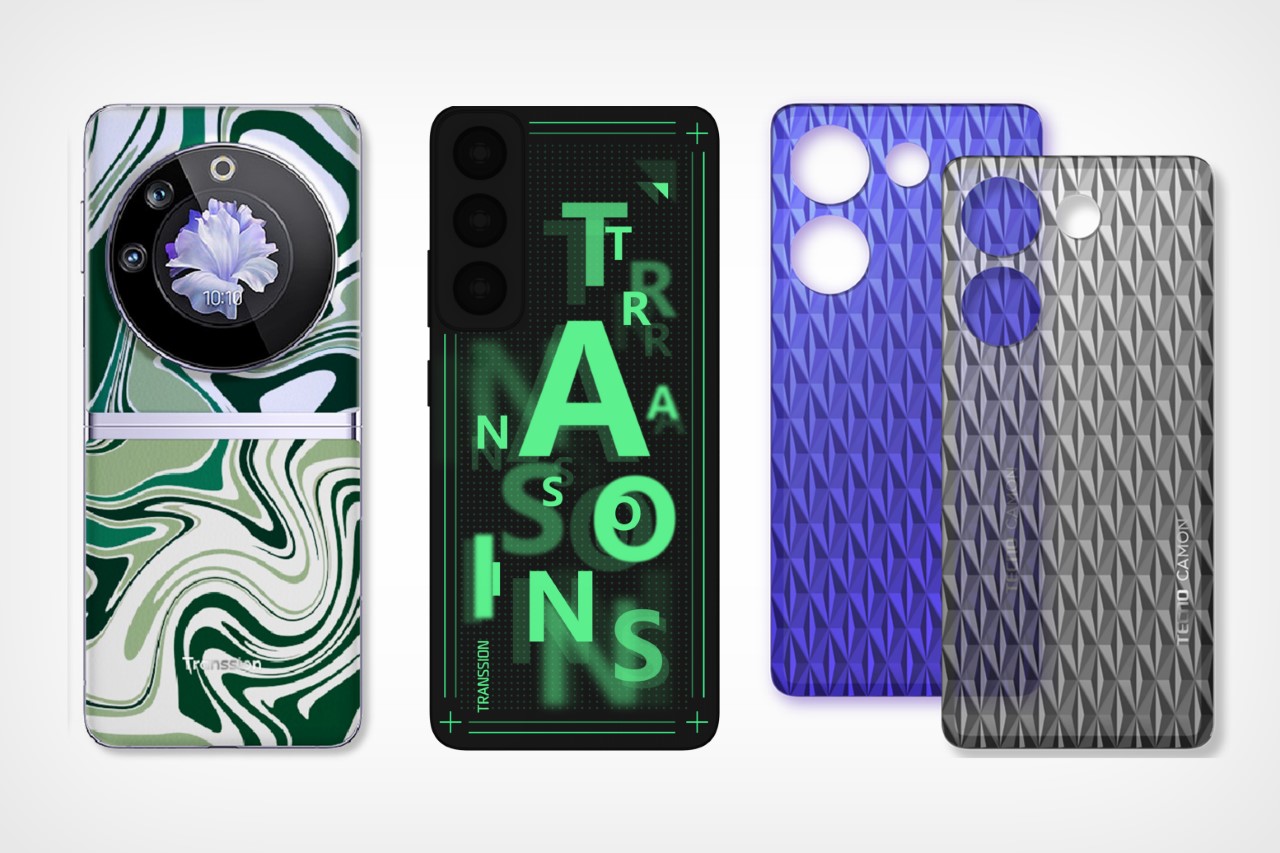
While most smartphone companies focus only on advancing the inner components of their devices, TECNO’s working on something even exciting – outer materials that enhance and elevate the smartphone’s design to new levels. The company gave us a sneak peek of what they’ve been working on, and let’s just say it goes above and beyond simple glass or metal assemblies. TECNO’s team have been researching color-changing materials, 3D stereoscopic displays (on the back of your phone), organic fabric leather, fiberglass, and even fragrant materials that can give your smartphone a unique aroma. Obviously, none of these materials are ready to deploy at the mass scale that TECNO produces its phones at… but it’s exciting to think of a future where phones won’t look the same, or even smell the same!
1. Chameleon Coloring Technology
Perhaps the holy grail of smartphone design (aside from fully transparent phones) has been the idea of a phone that can change color… and TECNO seems to have developed a technology capable of this. Dubbed Chameleon Coloring Technology, the material stands out as the first in the industry to harness ultra-fine prisms for full-spectrum, polarization-free color shifting. This state-of-the-art technology operates through angular rotation induced by an electric field, enabling it to capture every color hue vividly. It boasts an ultra-fast reaction time that sets new industry benchmarks, achieving responsiveness in a mere 0.03 seconds. Alongside its rapid performance, it promises an extended lifespan and operates on minimal power, with consumption measured at the milliampere level. The technology also features versatile color adaptation capabilities, allowing for the independent customization of essential color functionalities and enabling selectable color absorption to suit a variety of needs.
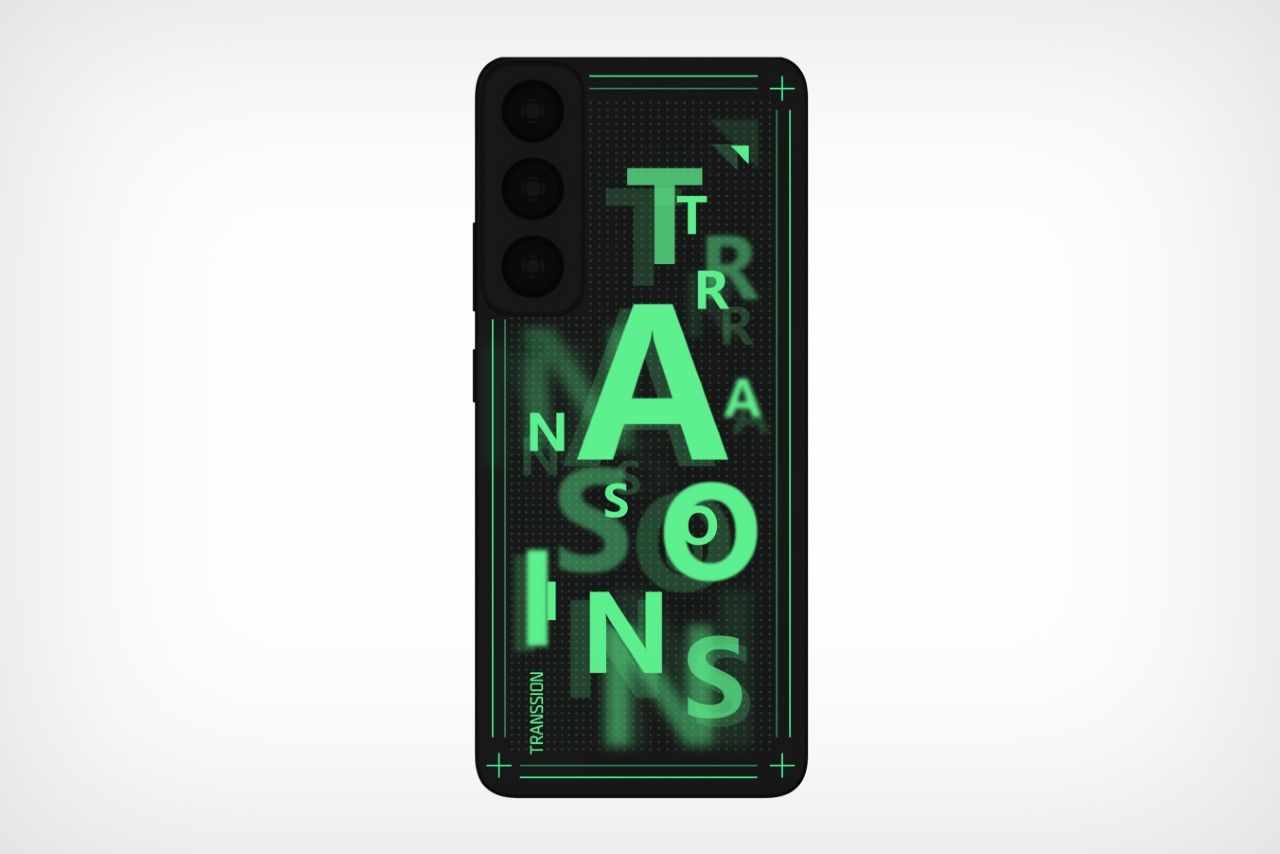
2. 3D Stereo Optical Grating
If you thought changing colors was exciting, what if the back of your phone had its own dedicated 3D display that showcased depth without requiring glasses?? The 3D Stereo Optical Grating is a cutting-edge technology that uses advanced materials and a special pattern to produce a 3D effect without the need for glasses. This technology can create a sense of depth and make images look like they’re floating right in front of you. It can also change the way colors and patterns appear. This method works by bending light in a specific way, which can be applied across an entire surface or just parts of it. It’s perfect for large-scale printing processes where vivid colors and detailed patterns are needed quickly and accurately. Plus, it’s capable of adding movement to images, making it a smart choice for creating lots of high-quality products in a factory setting.
3. Layered Fiberglass
Layered fiberglass stands out from standard glass because it’s built to be much stronger and more flexible, even when it’s just as thin. This means it can take more bending and pressure without breaking. Plus, it’s surprisingly lightweight, making it a better option for things that need both durability and ease of handling. To give it a sleek, shiny finish that mimics the look of metal, a special coating technique is used. This isn’t like regular spray paint; it’s a high-tech process that leaves the fiberglass feeling smooth to the touch, almost luxurious. The texture is top-notch, and it has the added bonus of resisting smudges and fingerprints, so it stays looking clean and polished for longer. This makes layered fiberglass not just tough and good-looking, but also practical for everyday use where touch and cleanliness matter.
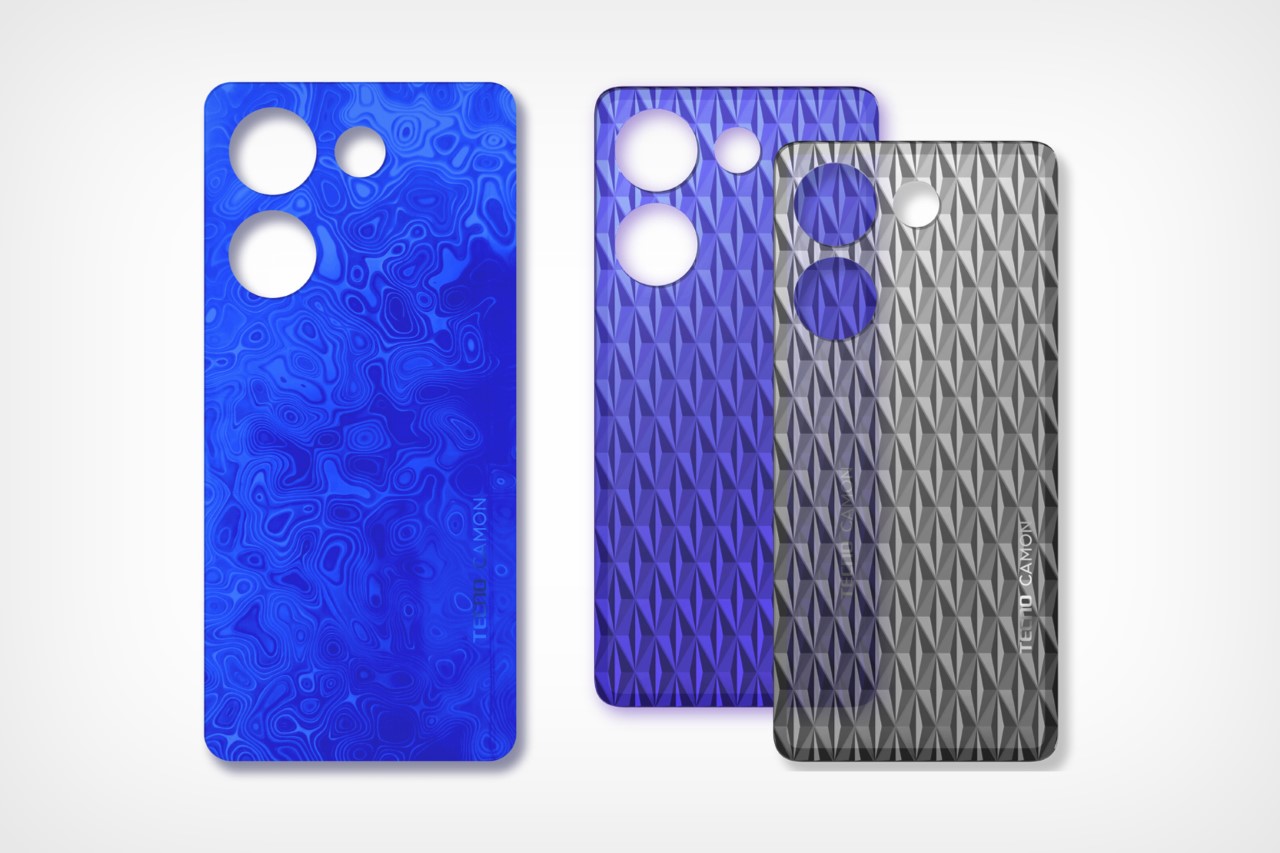
4. Colored Textured Glass
Colored textured glass is crafted by blending molten glass in various colors, like clear, shades of blue, and white. This mixture is stirred evenly in a special container using a precise method, resulting in beautifully textured glass. The color infuses throughout the glass, ensuring it remains vibrant and enduring over time. This glass can be tailored to personal preferences, offering a unique, almost magical hue that resembles the depths of precious stones. Additionally, it has the ability to mimic the appearance of fine ceramics, all while being thinner than actual ceramics.
5. Fragrant Leather
This might be the most bizarrely interesting piece of innovation yet. TECNO’s Fragrant Leather is an innovative material that infuses scent into vegan leather through a special process. Tiny capsules filled with scented oils are mixed into the PU resin of the leather, with the amount carefully adjusted to get the perfect strength of fragrance. This sensory-rich material combines durability with a pleasing aroma and practical use. It’s designed to retain its scent for a long time, and with normal use, away from harsh conditions like direct sunlight or extreme heat, the lovely smell can last for more than a year, and TECNO’s been formulating popular scents like cologne, ocean, and even rose.
6. Organosilicone Fabric Leather
While most synthetic leathers come with a polyurethane coating, TECNO’s working on a synthetic leather that uses an ‘organosilicone’ coating instead. This fabric is specially coated with a silicone polymer, which makes it particularly user-friendly because it’s simple to clean and doesn’t hold onto odors. Additionally, it’s an eco-friendly option with very low volatile organic compound (VOC) emissions, meaning it’s better for indoor air quality. The durability of organosilicone fabric leather stands up to various weather conditions, and it’s also recyclable, supporting a more sustainable lifecycle. What’s more, this material represents a leap forward in fabric technology by utilizing high-grade silicone coatings, reducing reliance on carbon-based materials and thus decreasing carbon emissions.

7. Renewable Fiber
We’ve seen fiberglass used everywhere, but have you seen it on the back of your phone?! TECNO’s developed a special brand of fiberglass that’s made from recycled plastics. The fibers themselves come from shredded plastic bottles that would otherwise end up as landfill or ocean waste. The result is a plastic that’s flexible, durable, gorgeous-looking, unique because the fibers are laid out differently on each phone, and innately fingerprint resistant given the fiberglass’ texture. There’s also the added bonus of it being sustainable because not only is it made from recycled plastic, but it can further be recycled too!
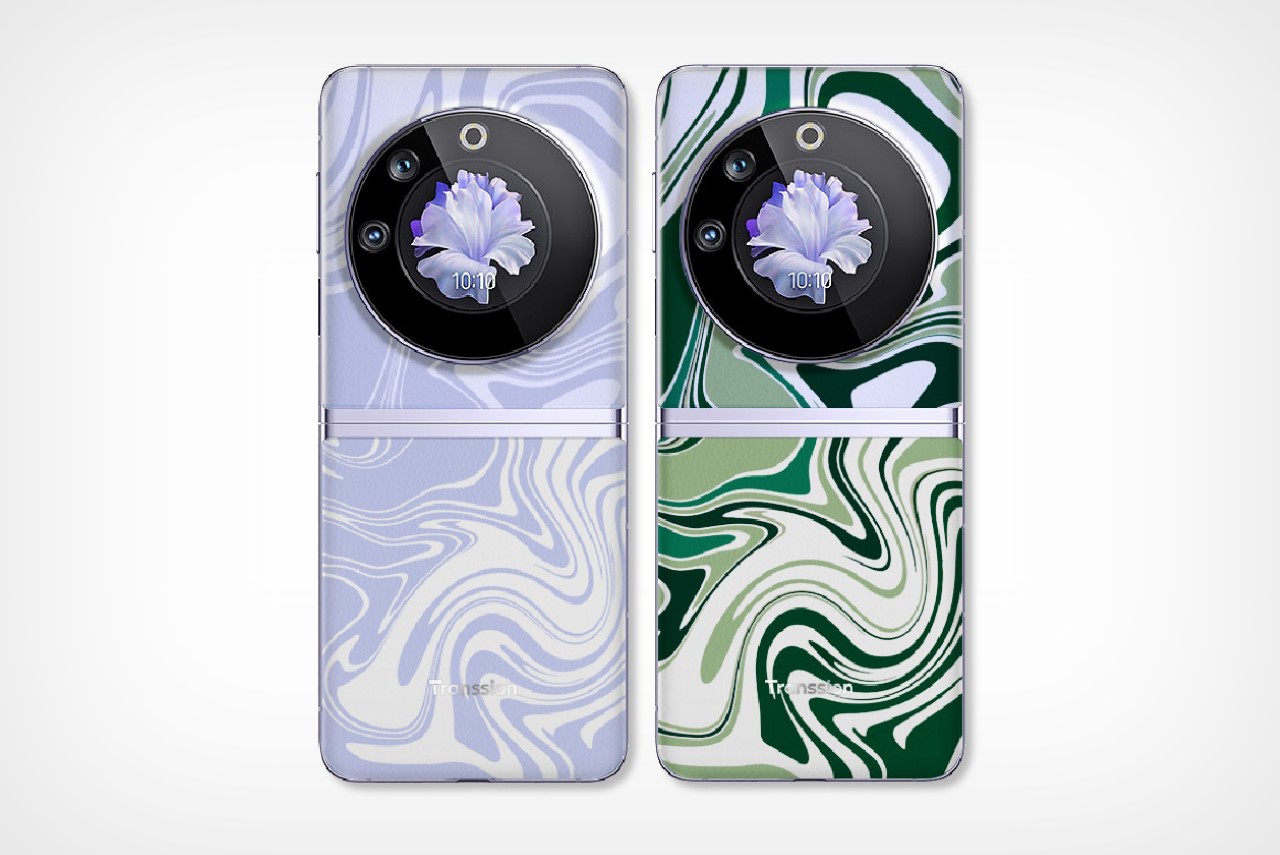
8. Color Blending Leather
Leather is currently a favored material for crafting deluxe smartphone back covers in the tech industry. However, the variety of leather colors on the market is quite restricted, typically offering only single or dual-tone options. TECNO has been working on a Color Blending Leather that incorporates color-changing patterns into leather, allowing it to shift hues through the day. This process allows for the merging of multiple hues, creating a seamless and vibrant artwork directly on the leather itself. The result is a multi-layered color effect with a distinct and refined texture that’s also practical, resisting dirt and wear. This innovative color blending technique is set to infuse a dash of fashion-forward flair and artistic expression into the realm of technology accessories.
9. Borderless Foldable Main Screen
While companies like Oppo, Huawei, and Samsung have truly been pushing the boundaries of folding phone technology, there’s always been one obstacle nobody could overcome – the bezel. TECNO, however, is proposing modifying the structure of the Ultra Thin Glass (UTG) to remove the bezels entirely. While we don’t have any physical or visual evidence of this, it seems like TECNO could potentially launch a folding concept soon with zero bezels.
10. Satellite Communication Technology
Finally, TECNO is also looking at ways to bring satellite communication to its own phones, just like Apple did with the iPhone 14 series. “When located in an environment with poor or no signal, the Satellite Communication Technology enables users to maintain contact with the outside world, ensuring safety when camping, hiking, and mountaineering,” says the company.
The post Future Smartphones could have backplates made from 3D displays, fiberglass, or even fragrant leather first appeared on Yanko Design.


